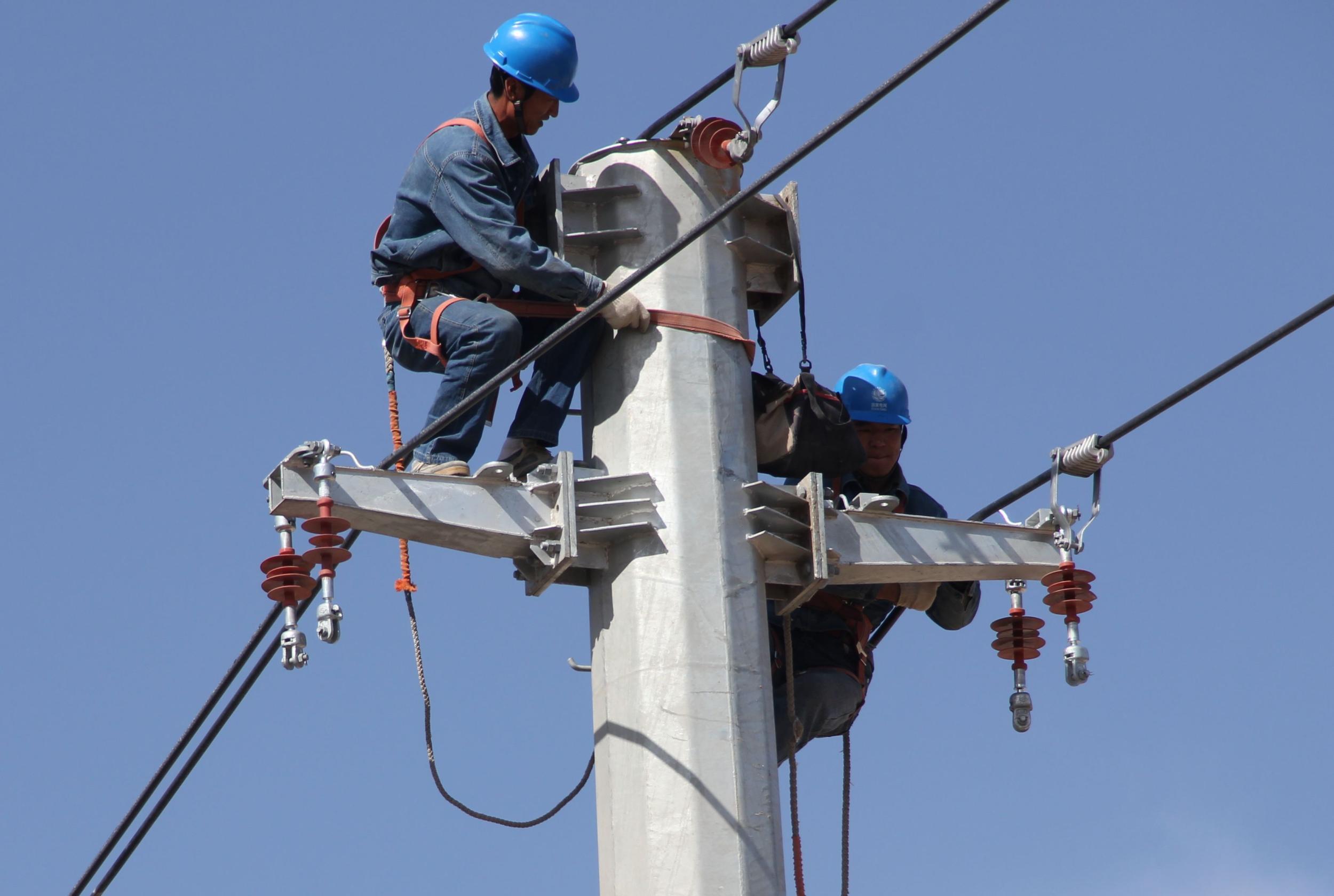
There are some basic requirements and characteristics of the installation, viz, safety requirements, assessment of general characteristics, the low voltage generating sets, standards, and under voltage.
Scope, object, and fundamental requirements for safety apply to all installations and sets out their purposes as well as their status.
Assessment of general characteristics is concerned with making sure that the installation will be fit for its intended purposes under all circumstances.
The assessment must be made before the detailed installation design is started.
There are some regulations where low voltage or extra-low voltage generating sets are used to power an installation.
As the sole means of supply, as a backup in case of failure of the supply, or for use in parallel with the supply.
Every item of equipment that forms part of an electrical installation must be designed and manufactured so that it will be safe to use.
There is a possibility that low voltage may cause equipment damage. Should such damage occur, it must not cause danger.
Mutual heating effect due to cable grouping; when multiple cables are in close proximity, each contributes heat to the others and diminishes the amount of external cooling affecting the individual cable conductors.
Therefore, derating is necessary for multiple cables in close proximity. Economics is also an important factor in selecting the type of cable.
It is to be kept in mind that the cost of the cable should not be such large that it causes loss and another cable may fetch the same results in low cost and loss.
Environmental conditions and applications in which cable operates; each cable operates at its best when it is installed in its optimum environmental conditions.
For example, Elastomeric Cable is applied in trailing, coal cutter, windmill, panel wiring, battery cable, and such other areas. XLPE cables work well in areas where moisture content is good.
Thus, the proper cable should be selected so that the system becomes more efficient. VI. CONCLUSION As per the requirement.
The cables need to be chosen for the suitable application and optimum parameters are kept for their type and size.
They should be capable of operating continuously under environmental conditions without losing their efficiency.
For installing cable for any application, the factors such as Volume resistivity, Voltage drop, Short circuit current rating, disposal, etc need to be compared and the best cable is chosen so as to optimize the application.